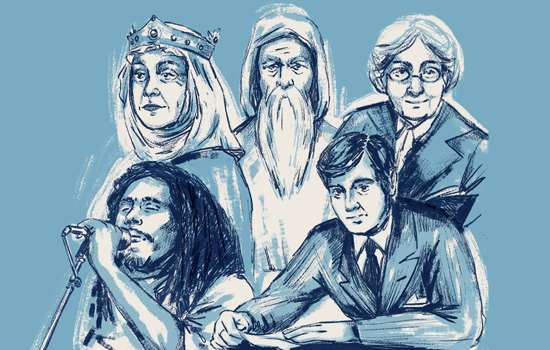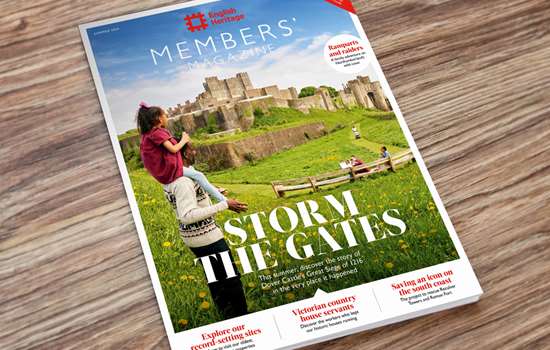I’m an archaeologist who most people will know as a member of Channel 4’s Time Team series. I formed part of the original cast and remained with the series for 20 unbroken years. My role was a combination of field archaeologist, digger and TV presenter, explaining things in the trench and coordinating the excavation strategy with the lead archaeologist, who was usually Mick Aston.
In 1972, I was part of a team of archaeologists who were invited to take part in a project directed by the British Museum to excavate Grime’s Graves Neolithic flint mine in Norfolk. I stayed with that project for the next five years, becoming one of the main trench supervisors. As someone who loves stone tools, having the opportunity to work at the site was a dream come true. I guess the fascination went beyond just being a digger and extended to learning as much as I could from the experts who were part of the team. This included learning how to knap [shape] flint, which has proved to be time well spent and has given me a skill and practical knowledge that has stood me in good stead for the rest of my career.
I was also lucky enough to get to know the Dutch miners who undertook all of the underground excavations. They had been coal miners in the Netherlands before the industry was closed down and they were employed to excavate their own Neolithic flint mines. They learned the skills necessary to excavate, record and interpret underground archaeology. As a result, it was possible to see the Neolithic miners through their eyes.
As miners, they could appreciate the skill of the Neolithic people as geologists and civil engineers. They could read the mining strategies to regulate air flow, maximise light, ensure access and exit routes and understand how to minimise the amount of spoil that had to be taken to the surface. They could explain how to use an antler pick, a tool that was indistinguishable from their modern metal counterparts, and how to undermine the chalk to make it collapse to form a natural arch that required no further support.
Above ground we have learned so much more about the flaking strategies that the knappers adopted and the tools that were produced at the site. Perhaps the biggest question is where they lived, as the shifting sandy soils of the Brecklands have made it virtually impossible to find areas of occupation.
I was recently invited back to Grime’s Graves by English Heritage to record a new audio tour for visitors and share some of my experiences of working here. It is very easy to miss things if you don’t know what to look for, so I hope that the audio guide will encourage people to explore the site, learn about its history and see what is being described. Grime’s Graves is a wonderful site and a testament to the skills of the Neolithic people who lived and worked here.




